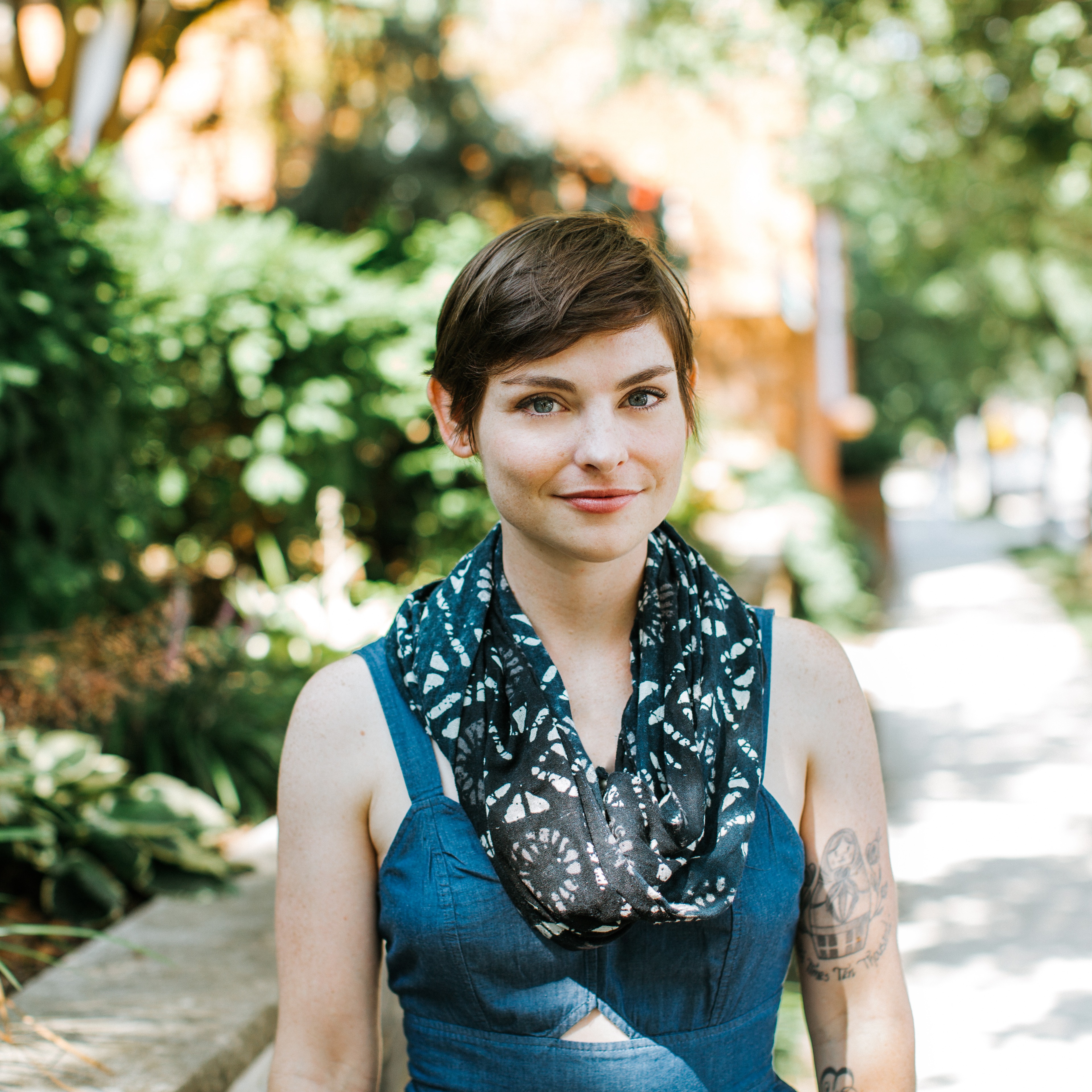The pernicious thing about Sludge is that it can sneak in whether we intend it to or not.
Our director of research, Deb Gere, is abundantly familiar with the college tour process, not just because she's a part SimpsonScarborough — she and her son recently went through the process of choosing a school. According to Deb, "They [campus tours] are not at all convenient for high school students. Very few offer programs on weekends, and it's hard to take time off from school for visits when high schools have strict attendance policies and won't excuse anything without a medical note. Many of the weekend programs are held on long weekends, so most of them are at the same times, making it difficult to visit multiple schools." Regardless of intent, this is a prime example of friction and only further complicates the most high-stakes decision a student will ever make.
Another instance of accidental Sludge can be found at a school's first point of contact — the .edu. A common pitfall with higher ed sites is "page bloat," in which a .edu is weighed down with unnecessary pages. Remarkably, the number of pages that .edus index is equivalent to that of government and healthcare websites. This makes it more difficult for users to find what they are looking for, often resulting in a Google organic search to find a hidden piece of information. As a result, .edus can leave the user disoriented and frustrated (and unlikely to complete the desired action).
Sludge doesn't just appear in the number of pages but also in the content. All higher ed sites use what we call "transactional touchpoints," or moments in the user journey where they engage in an action such as visit, request information, or apply. These can be endlessly versioned by audience segment, school, and department and are often buried deep within the architecture of the website. According to Lex Hade, our Director of UX at SimpsonScarborough, "we're seeing most university .edu's having sticky buttons with links to these transactional pages, but they aren't inclusive to all audiences, and in large part are focused only on undergraduates."
Know Your Audience Intimately
- What does your user value? What does their day-to-day look like? What pisses them off? These are all important questions to answer if we want to encourage (or discourage) an action.
For example, Gen Z students prefer not to speak over the phone, opting for text instead. If you want a 19-year-old to sign up for health services, providing them with a phone number is not going to cut it. The same can be said of the earlier college tour example — if we know that high schoolers are juggling an impossible schedule, accommodating their availability will make their decision easier.
The More Tailored, the Better
- In a 2019 report entitled "Nudging to STEM Success," a campaign was implemented at four community colleges targeting STEM students — specifically adult learners and people of color. Students received text messages addressing their specific needs, validating their feelings of worry or inadequacy, and asking them what resources they could provide. As a result, retention rates reached 72% (compared to 56% among the students who did not receive texts).
Trim the Fat
- What are some examples of redundancy that can be optimized or removed to benefit the user?
One example, posited by Thaler and Sunstein, is California's Ready Return program — a free, voluntary service that uses a person's W-2 to create a pre-filled tax return. Without needing to see an accountant or pay for tax software, this program makes it easy to do the desired action (without forcing anyone's hand). What common processes in the higher ed experience could benefit from the same scrutiny?
Never Become Complacent
- Implementing Nudges — and combating Sludge — is not a silver bullet. Just as our audiences constantly adapt to their circumstances, so should our communications. Even the most well-intentioned nudges can be ineffective if not tailored to the audience.
In the years following 2008 (when "Nudge" was first published), colleges and universities across the country started Nudge campaigns with only mixed success. Communications that were clearly from a bot, or messages that were aggressive and pushy, did not perform as expected. The tone and the medium of a Nudge are just as important as the message itself.
Combatting Sludge doesn't just benefit the user, although that in itself is enough motivation. A Sludge-free experience also saves time and money, cutting down on the administrative burden of paperwork and human error. It provides a clear path for the optimum user, such as enrollment of the ideal student. Most importantly, audiences trust a brand that makes their lives easier. They feel seen and valued and are willing to invest in the relationship.
Perhaps the perfect encapsulation of Sludge is in the final scenes of Shawshank Redemption. Andy Dufresne, a wrongfully-convicted felon, is escaping prison through a series of underground drains. He army-crawls through miles of sewage in the hopes of reaching the paradise of Zihuatanejo. So many brands can benefit from making things easier — from making Zihuatanejo a click away. After all, we could all use a little less shit in our lives.
—
Cole is AVP & Creative Director at SimpsonScarborough. She earned her BFA in Advertising & Graphic Design from Columbus College of Art and Design, and has played a key leadership role in the expansion and integration of our creative & digital divisions as we've become a full-service agency. When she's not working, she loves exploring the state and national parks of California. Cole is based in Los Angeles, CA. Learn more about Cole and the rest of our team here.











